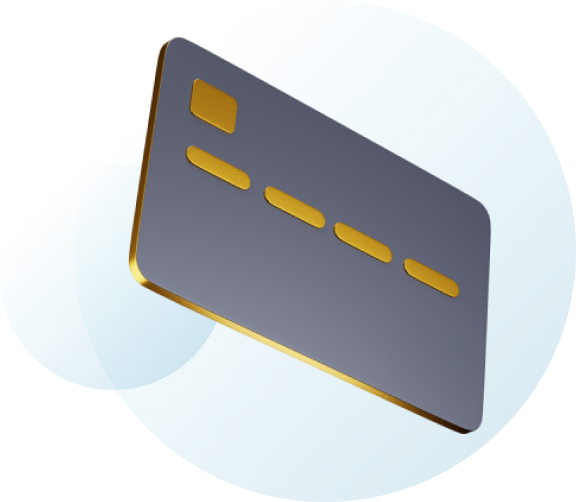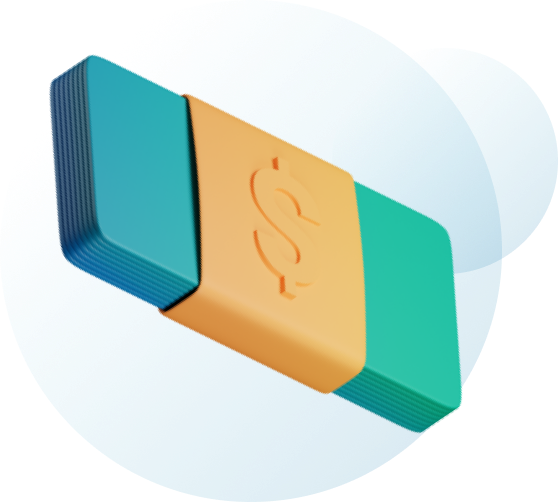Everyone often neglects the flexor hallucis longus muscle; however, it plays a vital role in walking, running, and standing on tiptoes. Some signs like inner ankle pain or pain at the bottom of the foot may point to flexor hallucis longus pain.
It is not a very common injury but a widespread complaint among some runners, ballet dancers, and gymnasts who do lots of walking, running, and pushing off. If unattended, flexor hallucis longus tendinopathy will certainly progress to a bigger issue and hence makes prompt diagnosis very important.
How do we identify and treat flexor hallucis longus pain? Let’s look for how to get back on your feet running below.
What Is Flexor Hallucis Longus Pain?
The flexor hallucis longus (FHL) is a muscle located at the back of your leg, running down the calf, around the ankle, and connecting to the bottom of the foot, where it attaches to the big toe. The FHL contributes to plantarflexion, the bending down of the foot at the ankle joint, flexion of the great toe, dynamic support to the medial longitudinal arch, and propulsion of the trunk off the ground during activities. A tendinopathy of the flexor hallucis longus is a condition brought about by prolonged irritation of the FHL tendon, which leads to inflammation or even minute ruptures.
Common Symptoms to Watch For
Here’s what you might notice if your FHL is in trouble:
- Silent Pain That Builds Over Time
It starts and can easily be overlooked at first but eventually becomes more and more intense, particularly on the inner side of the ankle and the bottom of the foot.
- Relief That Turns Into Regret
Initially, warming up may offer some relief and make you feel good, but when you move around, the pain returns with a vengeance, sometimes worse than before.
- Swelling, Stiffness, and a Limp You Can’t Hide
It might soon become evident that there is swelling around the ankle and an inability to shift the big toe much. It is probably left stuck with a limp, as it helps relieve pressure from touching the sore area.
How Is It Diagnosed?
If you may have flexor hallucis longus pain, it is best to schedule an appointment. A competent sports medicine physician or physiotherapist would assess the patient’s knowledge by reviewing the ankle and toe motions, pinpointing the pain’s location, and observing how the foot strikes the ground while walking or running. Your physician may also perform an ultrasound or obtain MRI images of the tendon to ensure you do not have any major tears or other problems.
First Steps to Relief at Home
If you’ve caught the issue early, you can begin addressing it right away:
- Rest and Modify Activities
Take a break from high-impact activities like running or jumping. Instead, opt for gentler exercises like swimming or cycling, allowing you to stay active without stressing the affected tendon.
- Use Ice for Inflammation Control
To manage swelling and ease the pain, wrap an ice pack in a cloth and apply it to the affected area for 15–20 minutes every few hours. This will help reduce inflammation and provide temporary relief.
- Listen to Your Body
Avoid trying to “push through” the pain. Ignoring your body’s signals can worsen the injury. Rest and recovery are essential for healing, so don’t rush the process.
Professional Treatment Options
If the pain is worsening, it’s time to seek professional help. Here’s what you might expect:
Physiotherapy-led Recovery:
- Mobility drills: These exercises will regain movement in your ankle and toe to restore flexibility and loosen stiff joints.
- Strengthening routines: Directing your foot and calf muscles to support stability and injury prevention of your FHL tendon at the deeper level.
- Ultrasound: Techniques such as ultrasound may accelerate tendon repair through enhanced blood flow and reduced inflammation.
- Hydrotherapy: Participating in exercises in the water to recover while still keeping fit: the result is less stress on the tendon.
- Manual therapy: This therapist’s hands-on treatment will relieve tightness in the muscles, improve circulation, and speed up healing.
Supportive Tools:
- Taping methods relieve stress from the FHL tendon, thus allowing healing and support during movement.
- Custom orthotics: These specialized insoles are designed to correct unusual foot dynamics to provide the correct support and reduce strain on the tendon.
How Long Does Recovery Take?
Most mild to moderate flexor hallucis longus (FHL) injuries typically heal within 6 to 12 weeks. However, the recovery timeline can vary depending on several factors, including the severity of the tendinopathy, how diligently you follow your rehabilitation plan, and whether your foot biomechanics need correction. Addressing the root cause of the issue early on will help prevent future injuries and ensure long-term recovery.
Can You Prevent It from Coming Back?
Definitely—and it starts with smart habits. Keep your calves, arches, and toes loose with regular stretching. Tight tissues pull harder on tendons, and that’s when trouble starts. Next, build real strength in the muscles that hold your feet and ankles steady. A strong base means less strain on your FHL tendon every time you run, jump, or pivot. Pay attention to the small stuff, too. A slight tightness after a workout? Minor aches that come and go? Those are your body’s early warning signs—don’t ignore them.
And finally, pace yourself. Don’t pile on mileage or intensity too fast. Give your body time to adapt, and your tendons will stay stronger for the long haul.
It’s simple: training smarter always beats training harder to keep injuries off the sidelines.
When to Seek Help
Don’t wait too long to seek help if the pain persists for more than a few days after rest, if swelling appears and doesn’t subside, or if you find it difficult to walk or run without limping. Additionally, if your performance declines and you can’t pinpoint the reason, it’s time to consult a specialist. Getting early professional help can prevent a long and frustrating recovery process down the line.
Conclusion
Flexor hallucis longus pain can act as a barrier for active people, but it doesn’t have to be the same forever. If you take the right and required actions right after you find it out, you can fight it and run like you used to.
Need expert help? Upswing Health connects you with top-notch specialists who can get you moving pain-free again. Reach out today!



